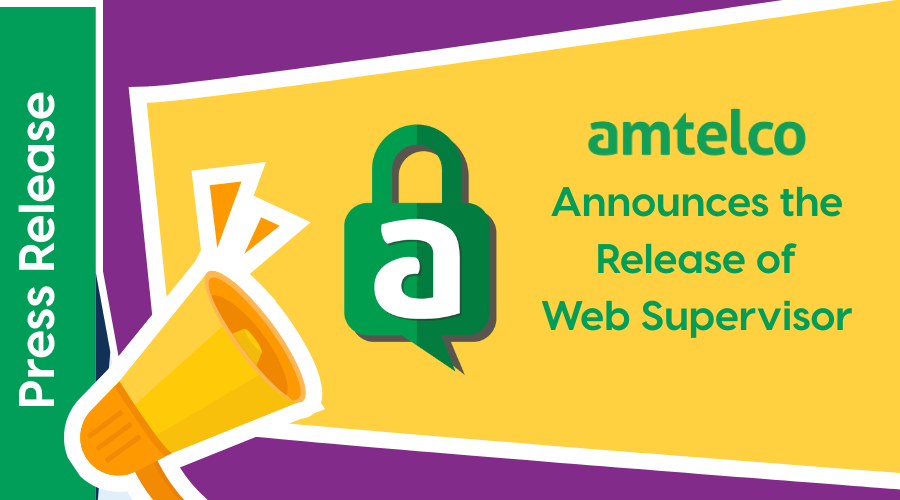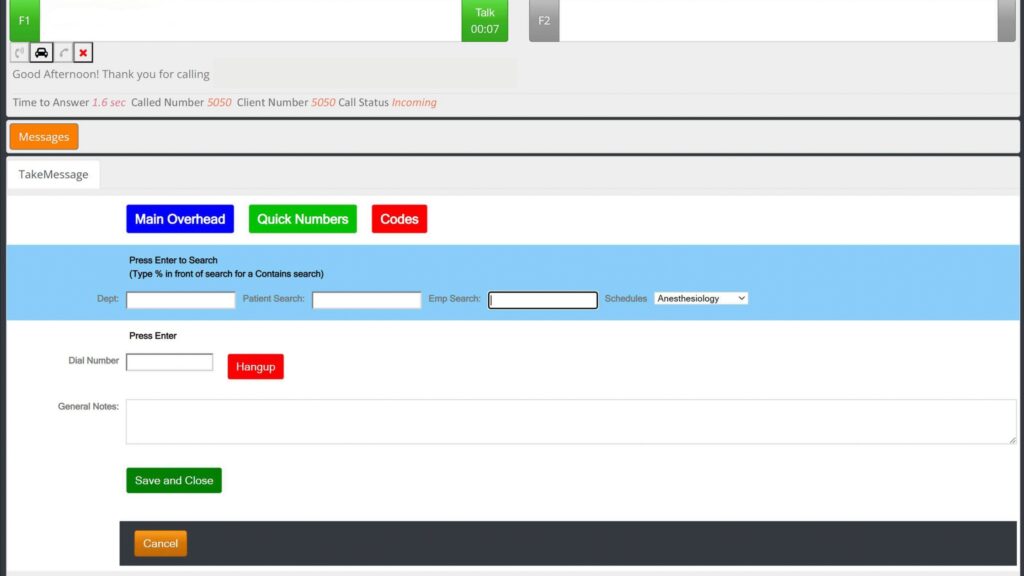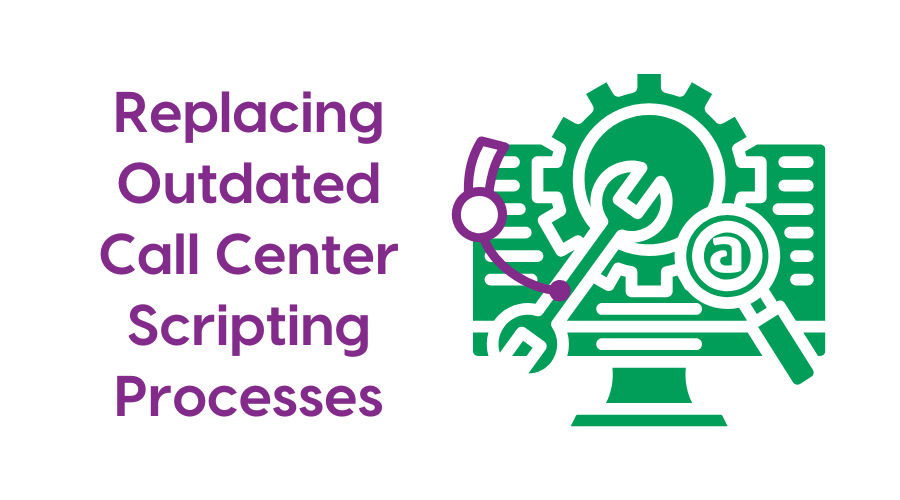One of the United States’ oldest pediatric hospitals, recently recognized by the News and World Report and named one of Healthcare’s “Most Wired” for several years for their dedication to leading the way in children’s health through technology and innovative research, receives thousands of calls every day. Many calls are from worried parents concerned about their child’s health to specialists looking to connect with other experts through the Physicians Priority Link. Managing all of these calls every hour of the day, 365 days a year, is the Customer Connections call center in the hospital’s Access Services Department.
Customer Connections handles 850,000 calls per year from people nationwide—with as many as 4,500 calls in one day. With only six or seven operators on the phones, the Customer Connections call center must be highly efficient, organized, and accurate to route the calls to the right person immediately.
Flexible Software Supports Small Call Center Team
This small but dedicated team handles several types of calls: general incoming calls to the hospital, direct to department calls, after-hours answering service, and physician-to-physician consults. They also manage contacting the Medical Response team.

Customer Connections has been using Amtelco’s healthcare communication software to handle these calls since 2006. “Amtelco does everything we need,” says the Access Services manager. “We haven’t found another platform that does everything. It’ll route your calls—plus you can do scripting. The flexibility of the system is the beauty of it. Any time a department wants us to do anything and wants us to support them, we build a script. To me, the script is the best thing. It 100% keeps us from making errors.”
An individual operator averages 450 calls per day, with no two calls being the same. Amtelco’s scripting software automatically detects call flow and determines the scripting options based on the hospital’s protocols, ensuring that the correct information is gathered and communicated. The Customer Connections team at this Midwest hospital regularly creates custom scripts for the many departments whose calls they handle. Scripts significantly reduce the time needed to train operators to answer and route calls for new departments. They also help operators manage tense situations, such as emergency calls, which helps the callers and operators feel more at ease and ensures that Medical Response Teams receive sufficient information.
“We’ve got multiple departments that have departments within departments, and so the scripting can get quite involved, but it’s what saves us,” explains the manager. “We support so many departments and take so many different phone calls that there’s no way we could do this job accurately without the scripting.”
Call Center Customizes Scripts In-House with Fast Turn-Arounds
Accurate and easy-to-follow scripts are essential, with phone calls averaging 8-10 seconds. A staff member was hired and trained on the Amtelco software to build, write, and maintain the scripts. The team’s script writer builds customized scripts for any type of call (even emergency situations) in as little as 20 minutes by using the drag-and-drop scripting tool and easily edits phone numbers, doctors’ names, and any other custom information as requested by the departments. Keeping these scripts up to date helps reduce operator errors, improves efficiency, ensures professional call handling, and provides accurate information.

The Access Services manager further states, “The script building is a lifesaver, and we do it all ourselves. Our script writer is the ‘who’s on-call’ guru for the hospital. He is what makes this department go.”
Call Center Goes Remote and Thrives
Amtelco also helped the Customer Connections team maintain their high call volume when working remotely from home at the start of the COVID-19 pandemic. All the operators needed were phones, headset adapters, and computers so they could sign in from anywhere and work remotely. In fact, even with a slightly smaller team, they still reached all their goals for call-answering time, hold time, and other audit scores.
“Amtelco does everything we need. We haven’t found another platform that does everything. It’ll route your calls—plus you can do scripting. The flexibility of the system is the beauty of it. Any time a department needs us to support them, we build a script. To me, the script is the best thing. It 100% keeps us from making errors.”
Access Services Manager
The hospital set up operator stations loaded with Amtelco’s hospital call center software at each agent’s residence. The agents working from home simply connected via the Internet and had a fully functioning, professional operator workstation just as if they were working from the call center.
Physician Referral Capabilities Builds Call Center’s Reputation
The ease with which the Customer Connections department handles the wide variety of calls – especially the Physician’s Priority Link (PPL) – has captured the attention of other hospitals that want to implement a similar physician-to-physician referral line.
“I get a lot of calls from different hospitals asking about PPL, how we take the information, and what we do with it,” says the Access Services manager. “I’m always surprised when I realize their software doesn’t allow them to do the scripting and take messages – all things that Amtelco allows us to do. I always tell them we use Amtelco.”
Customizable Scripting Software
Agent prompts, lookups, and navigation can be customized and built into database-driven call scripts that automatically guide operators through:
- Main number calls
- Patient and medical staff appointments
- Physician referrals
- Nurse triage
- Patient transport
- Code calls
- Paging
- Physician answering service
- Prescription renewals
- Scheduling
- Consultations
- Admissions
- Complex care calls
- Crises and emergencies
- Facility directions
- Messages for physicians, staff, and departments
- Patient satisfaction surveys
The look and function of the attendant console are also customizable, and various locations or departments can use different colors or layouts to reduce communication errors. Color-coding helps agents instantly identify call types, and time-of-day and day-of-week messaging and dispatching ensures the correct navigation script and dispatch options are displayed.
Conclusion
When a phone call is one of the first personal connections a patient makes with a hospital, the operator’s ability to handle the call professionally and accurately plays a prominent role in the patient experience. In support of this hospital’s vision to lead the nation in innovative technology and continued improvements in patient care, the Customer Connections department excels at answering and routing all calls correctly using Amtelco.



